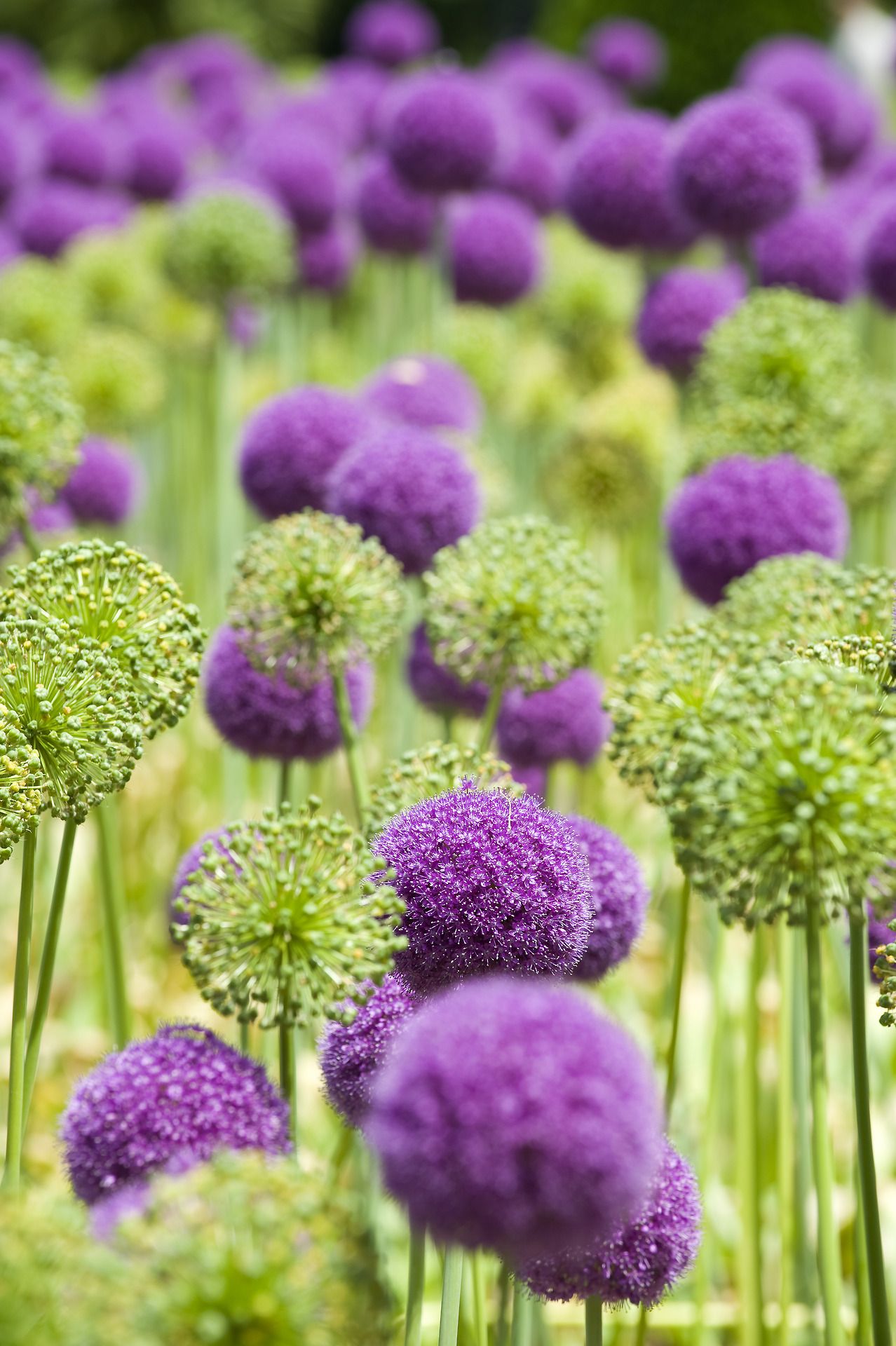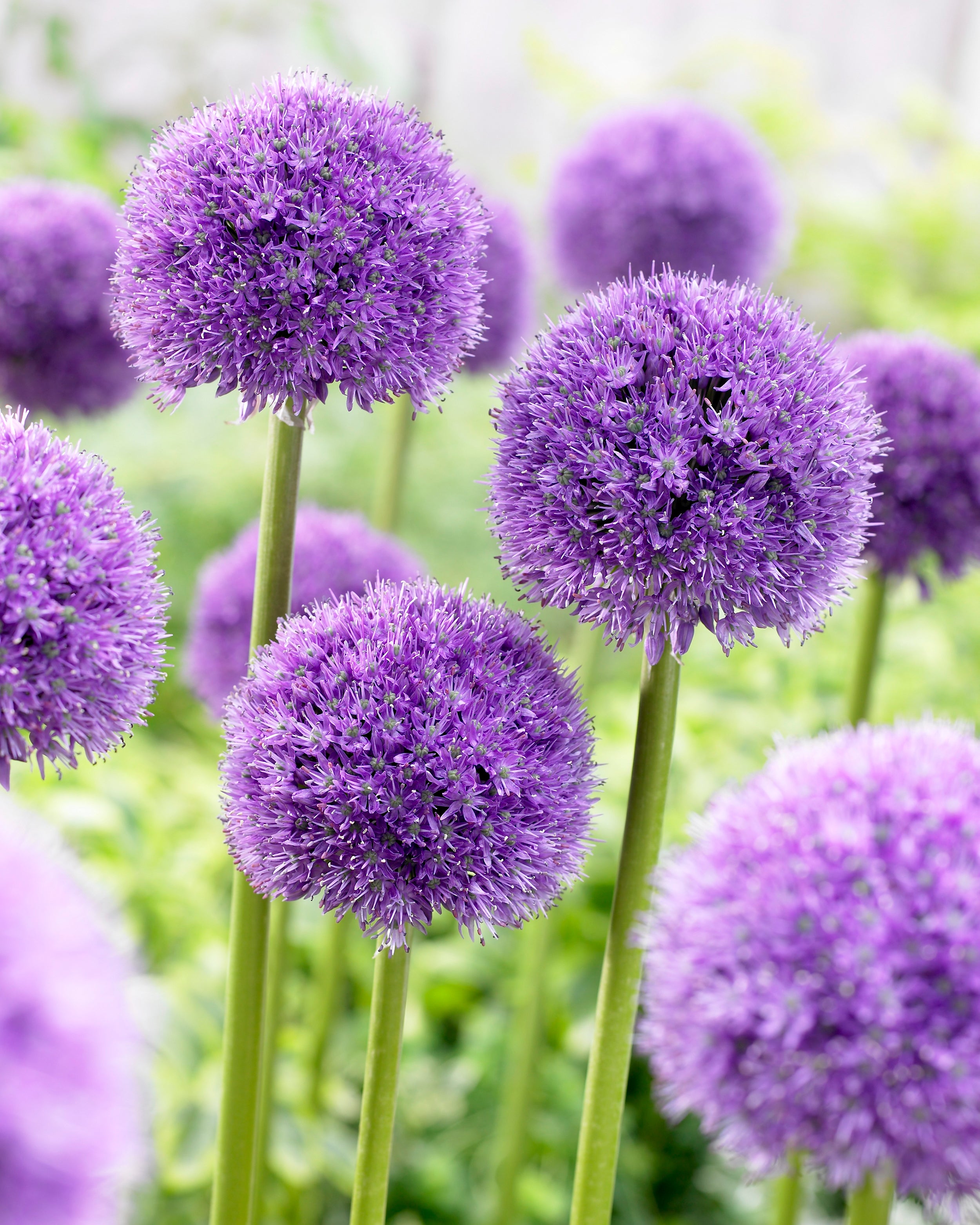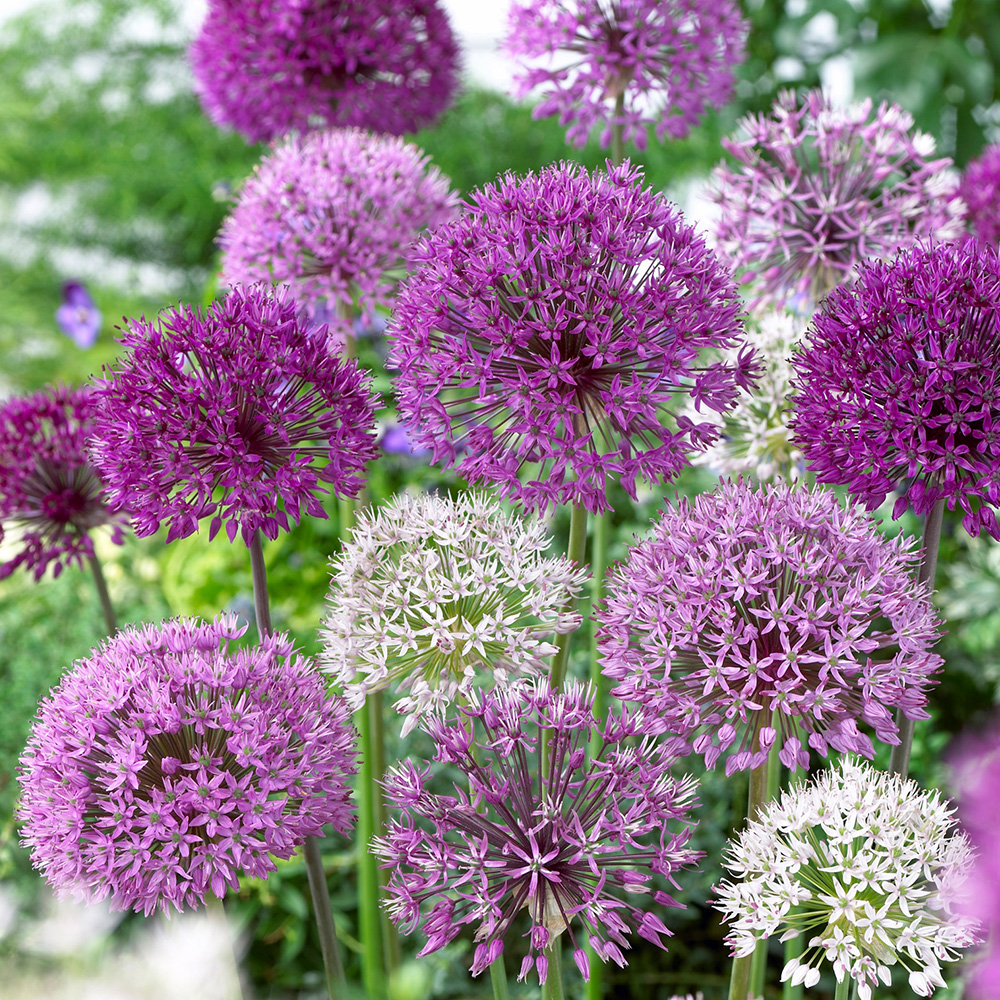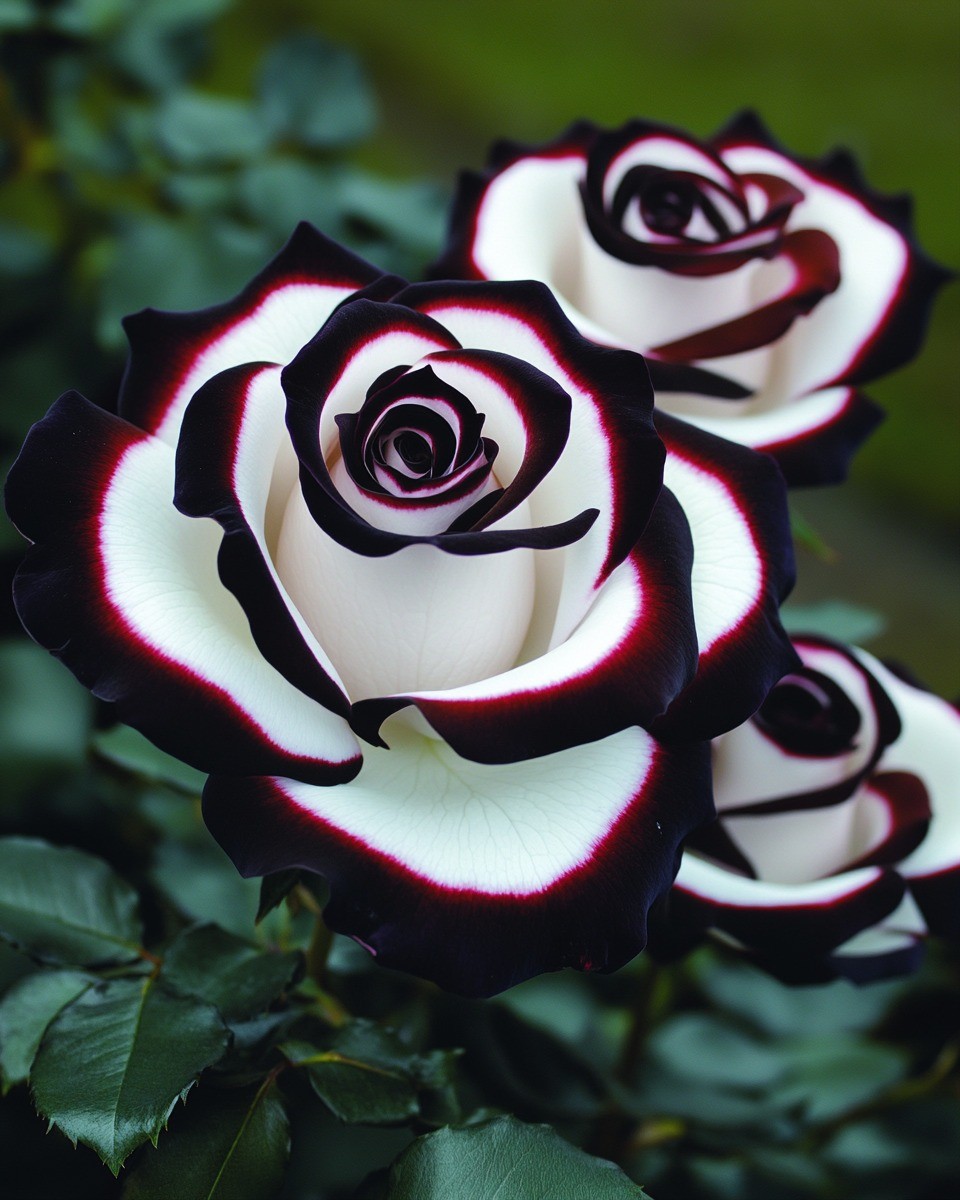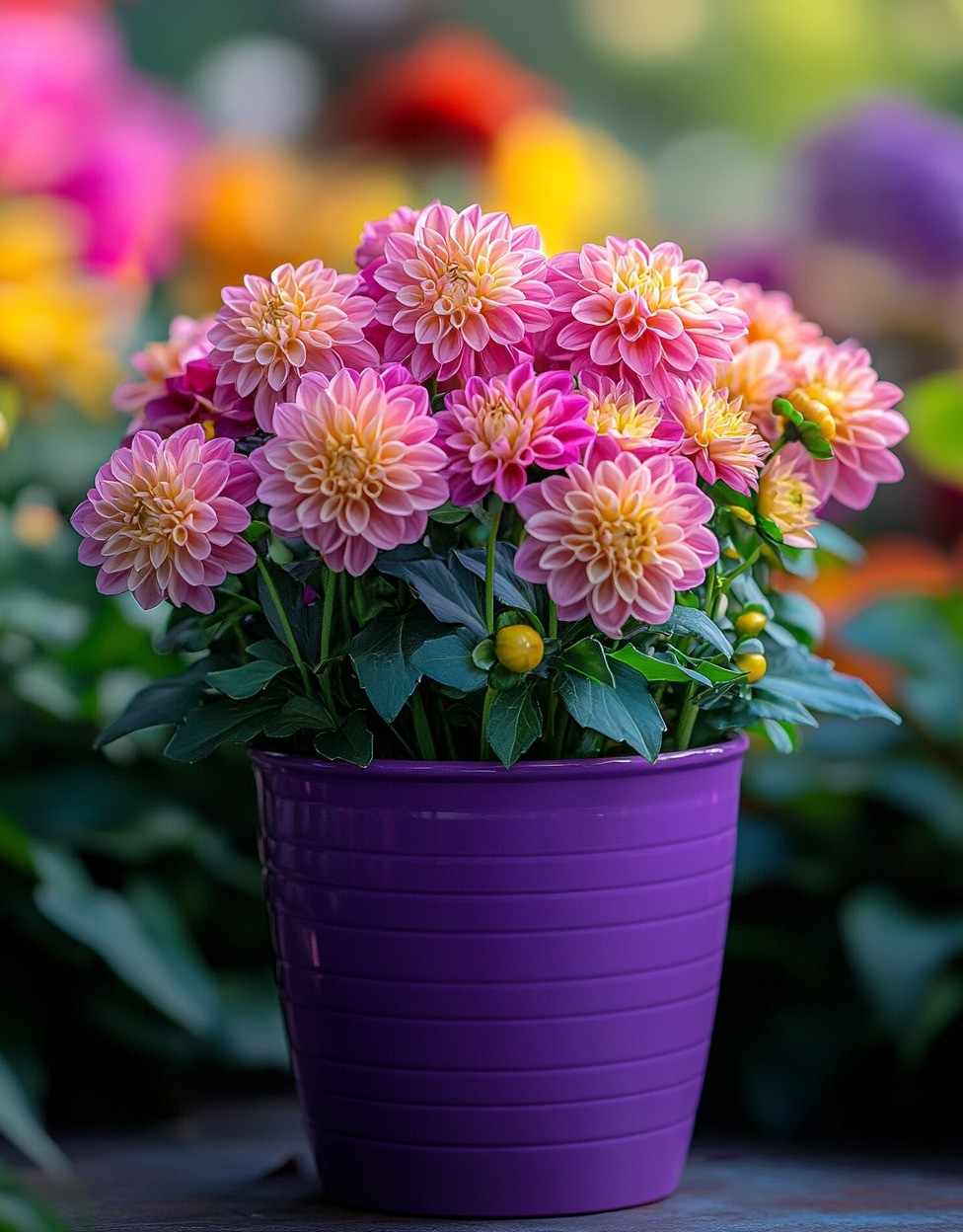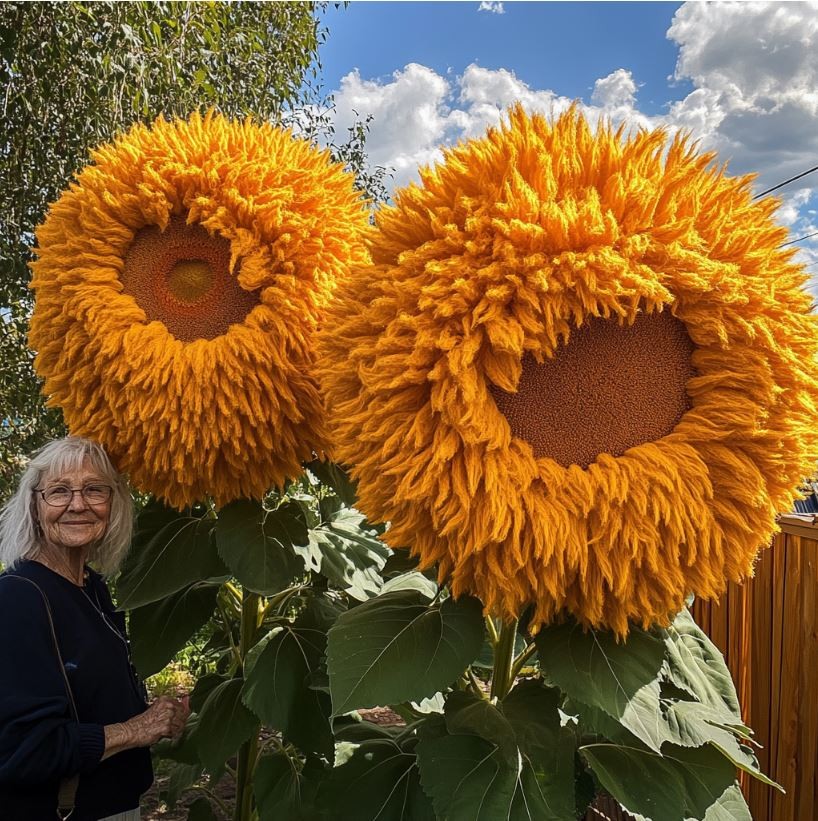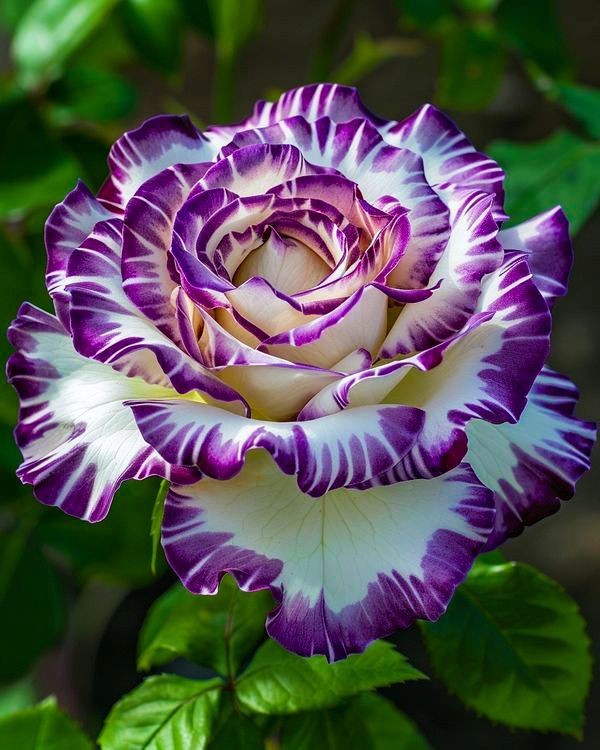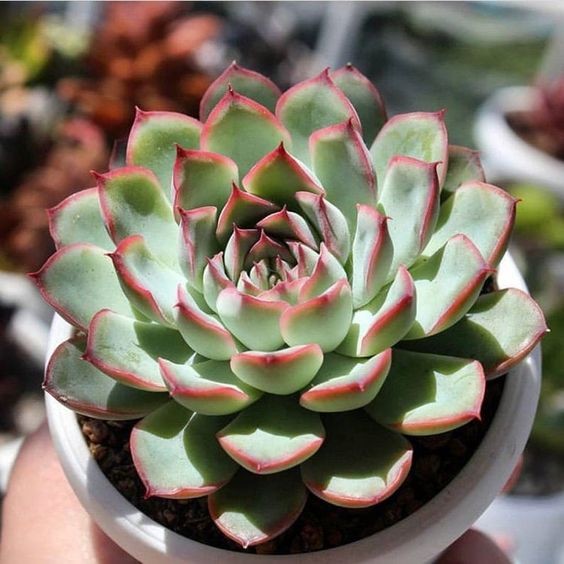Yes, alliums are clump-forming perennials and they will increase in number each year if properly looked after.
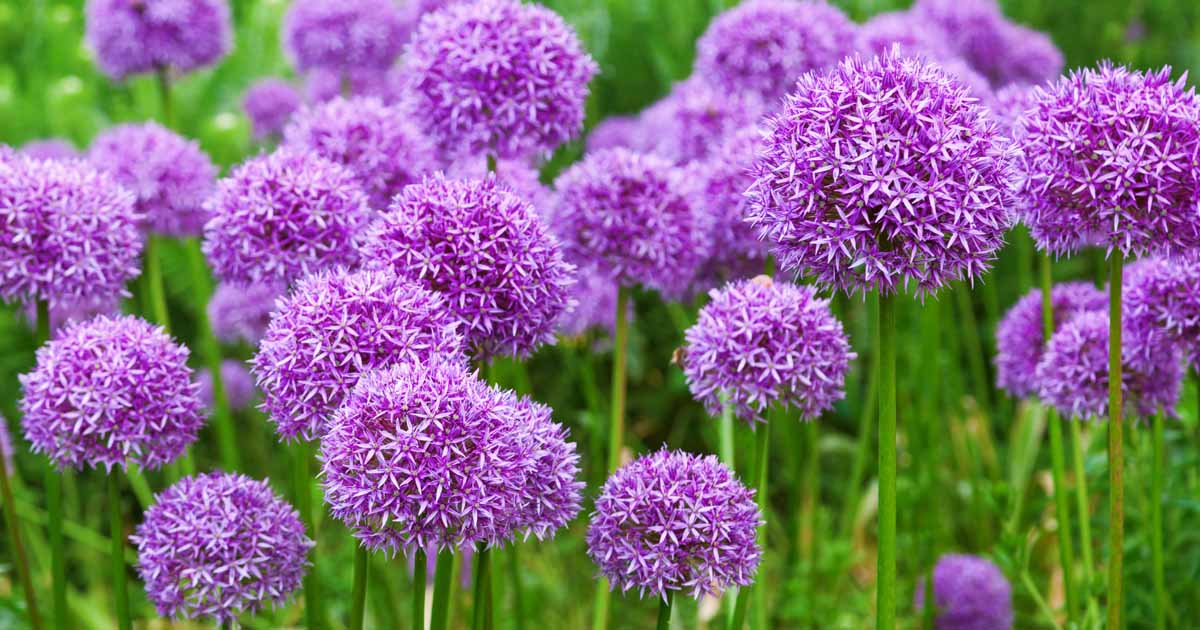
Yes, alliums can self-seed. They may not come true to the parent plant and it can take a few years for plants from seed to reach flowering size.
Yes, alliums are perennial bulbs and will return each spring.
Pick fading seedheads and leave them somewhere cool and dry for a few months, such as a shed or cellar. I love to dry my seedheads and then spray paint them silver to use as Christmas decorations.
Onions, leeks and garlic are all part of the allium family, so many are everyday foods. While all alliums are technically edible, ornamental allium bulbs can be treated with chemicals, so avoid eating any intended as decorative garden plants.
Yes, despite being part of the onion family (which is edible for humans), alliums are toxic to cats and dogs.
Most alliums need full sun to grow strong and flower well. Nectaroscordum siculum (Allium bulgaricum) will take some shade.
Our alliums are covered in bees and other pollinators in spring. And we are told by our local beekeeper that the honey does not have an oniony taste!
Different allium species are native to various regions of the world including North America, parts of Africa, Europe and Asia.
No, you don’t need to soak allium bulbs before planting. Simply water them once planted if the soil is dry.

If planted deeply enough in full sun (so they don’t stretch toward the light), and in a sheltered position (so they don’t blow over in the wind), even the very tallest alliums won’t need staking, as their strong stems can support them.
